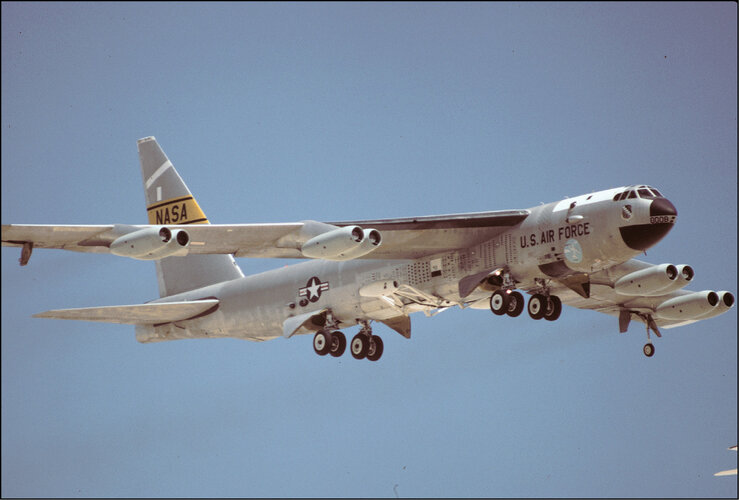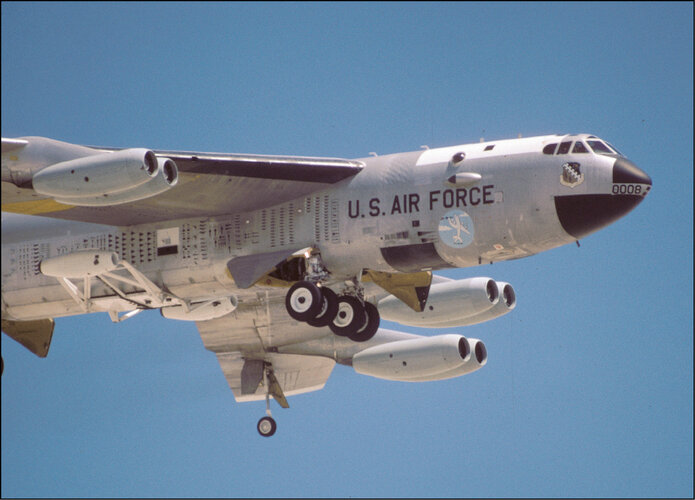Christopher Wang
ACCESS: Secret
- Joined
- 3 June 2021
- Messages
- 247
- Reaction score
- 483
The following United States military aircrafts of the Cold War were equipped with the Pratt & Whitney J57 axial-flow turbojet engines:
Could other J57-powered military aircraft designs such as the F-100 Super Sabre and F-102 Delta Dagger be outfitted with the J79?
Hypothetically, could these J57- / J79-powered military aircraft designs also be upgraded with modern low-bypass turbofan engines such as the Pratt & Whitney PW1120 or General Electric F404?
- Convair F-102 Delta Dagger
- Douglas A3D Skywarrior
- McDonnell F-101 Voodoo
- North American F-100 Super Sabre
- Vought F-8 Crusader
- Douglas D-790 (Air-to-air variant armed with AAM-N-10 Eagles for fleet air defense)
- McDonnell F-101D/E (Proposed tactical fighter variants with variable ramp inlets)
- Vought V-1000 (Land-based export fighter offered to replace the F-5 Freedom Fighter)
Could other J57-powered military aircraft designs such as the F-100 Super Sabre and F-102 Delta Dagger be outfitted with the J79?
Hypothetically, could these J57- / J79-powered military aircraft designs also be upgraded with modern low-bypass turbofan engines such as the Pratt & Whitney PW1120 or General Electric F404?
Attachments
-
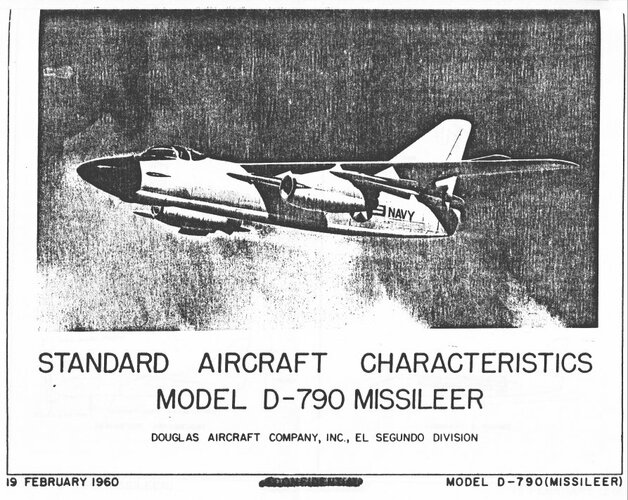 Douglas D-790 (1).jpg208.9 KB · Views: 141
Douglas D-790 (1).jpg208.9 KB · Views: 141 -
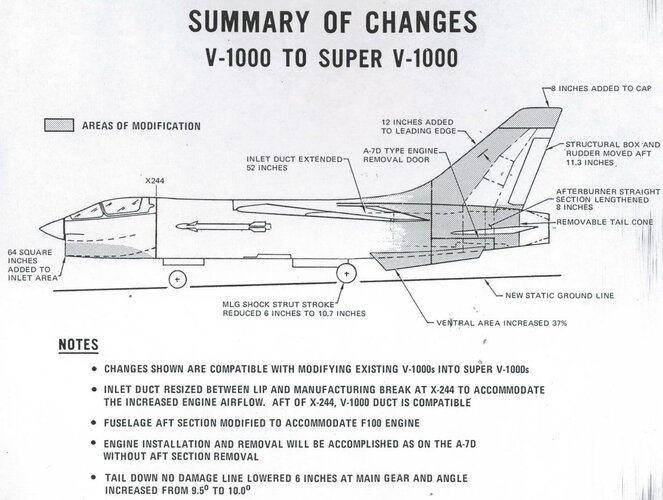 Vought V-1000 (2).jpg183.7 KB · Views: 125
Vought V-1000 (2).jpg183.7 KB · Views: 125 -
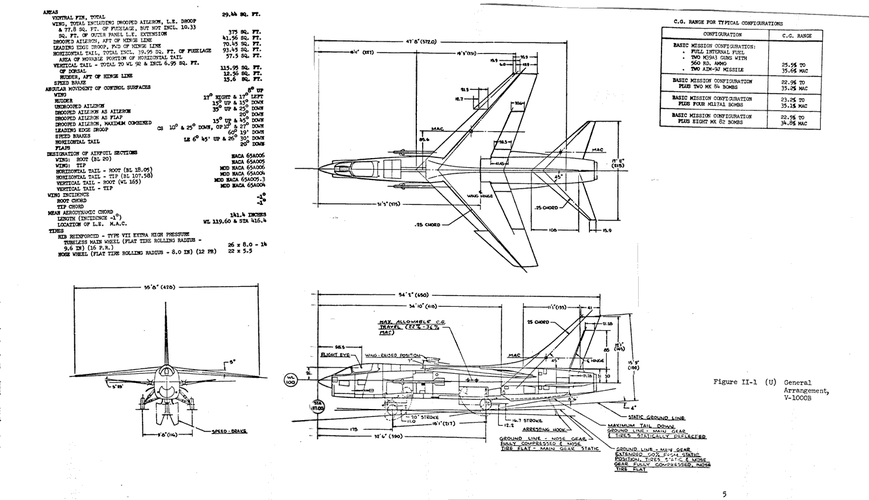 Vought V-1000 (1).gif57.8 KB · Views: 120
Vought V-1000 (1).gif57.8 KB · Views: 120 -
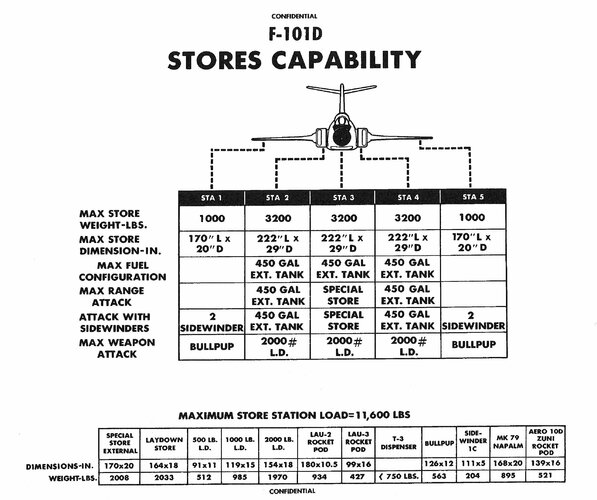 McDonnell F-101D (3).jpg586.8 KB · Views: 113
McDonnell F-101D (3).jpg586.8 KB · Views: 113 -
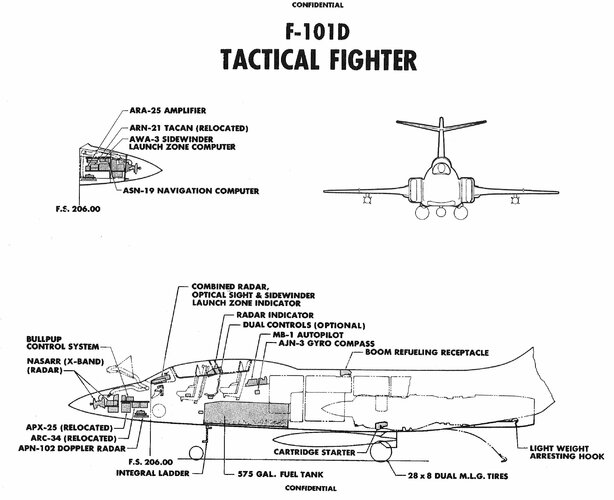 McDonnell F-101D (2).jpg498.5 KB · Views: 106
McDonnell F-101D (2).jpg498.5 KB · Views: 106 -
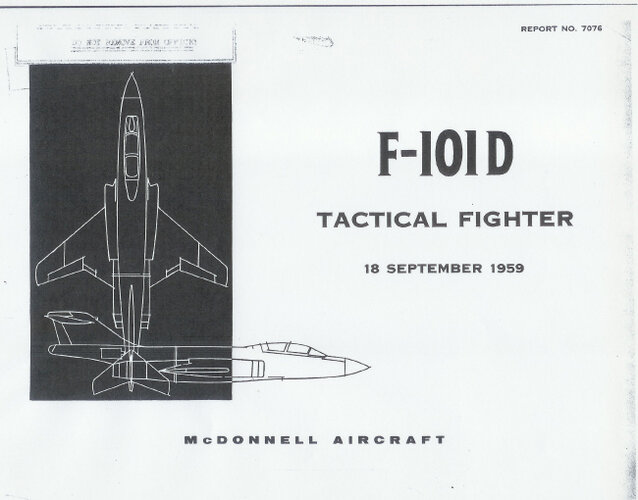 McDonnell F-101D (1).jpg103.9 KB · Views: 109
McDonnell F-101D (1).jpg103.9 KB · Views: 109 -
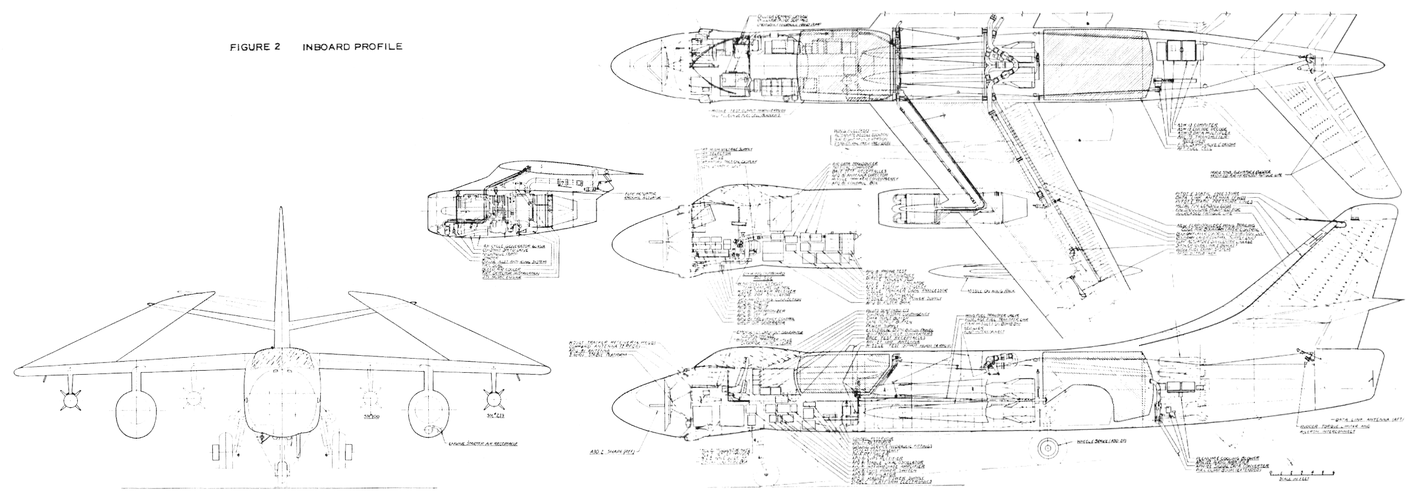 Douglas D-790 (3).gif284.7 KB · Views: 102
Douglas D-790 (3).gif284.7 KB · Views: 102 -
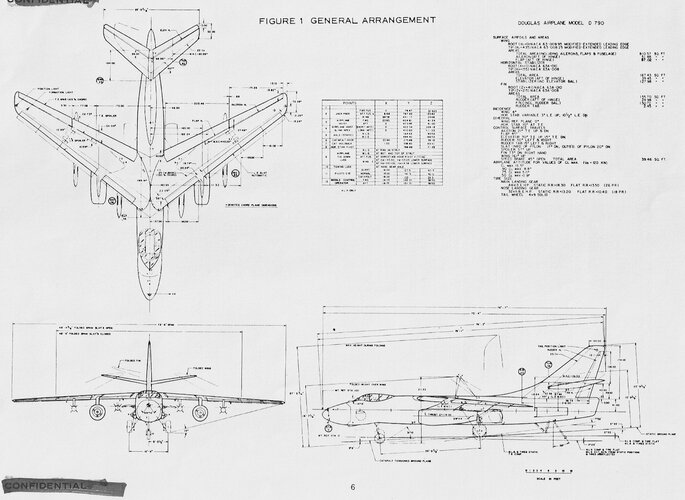 Douglas D-790 (2).jpg853.3 KB · Views: 113
Douglas D-790 (2).jpg853.3 KB · Views: 113

